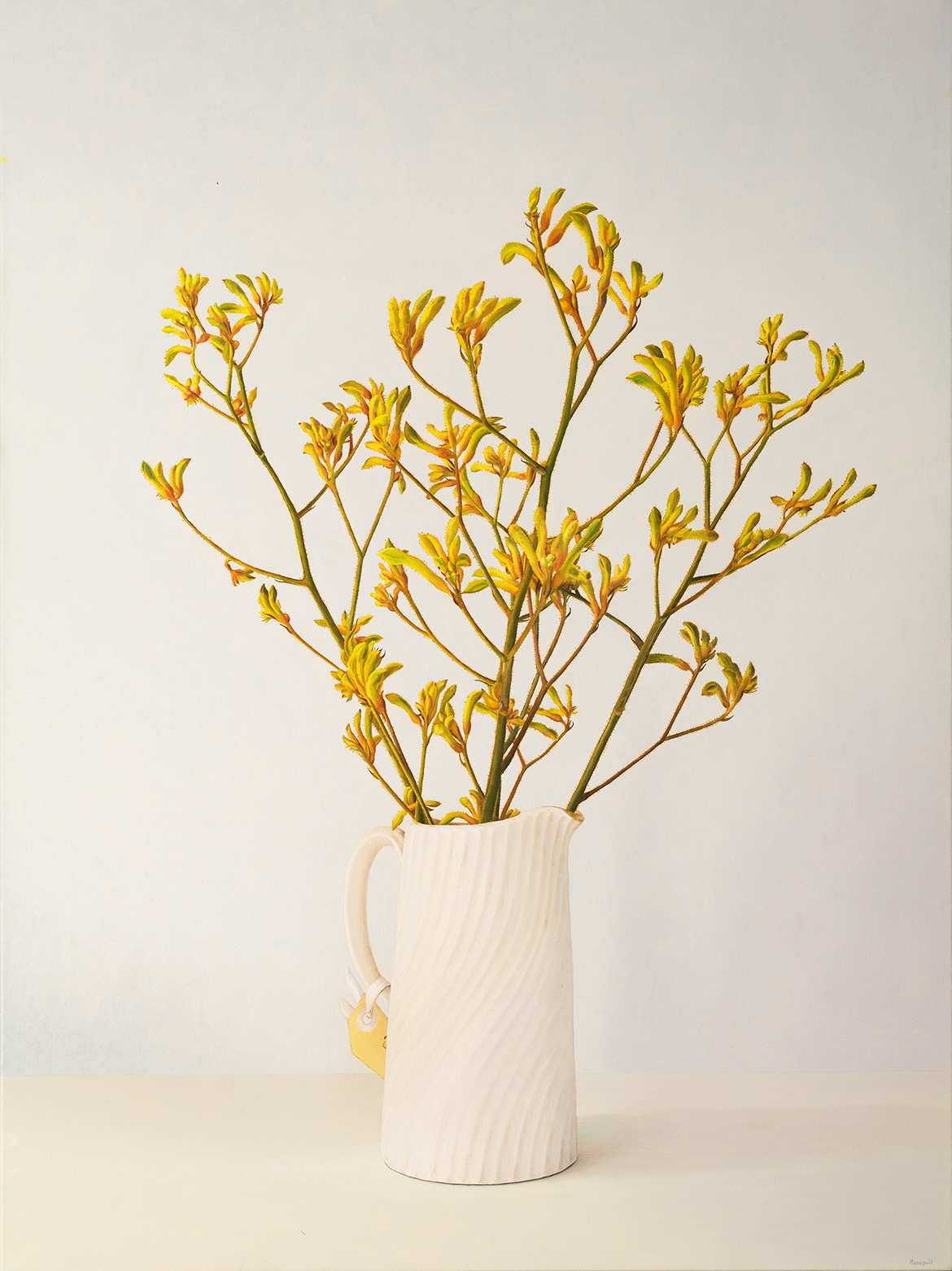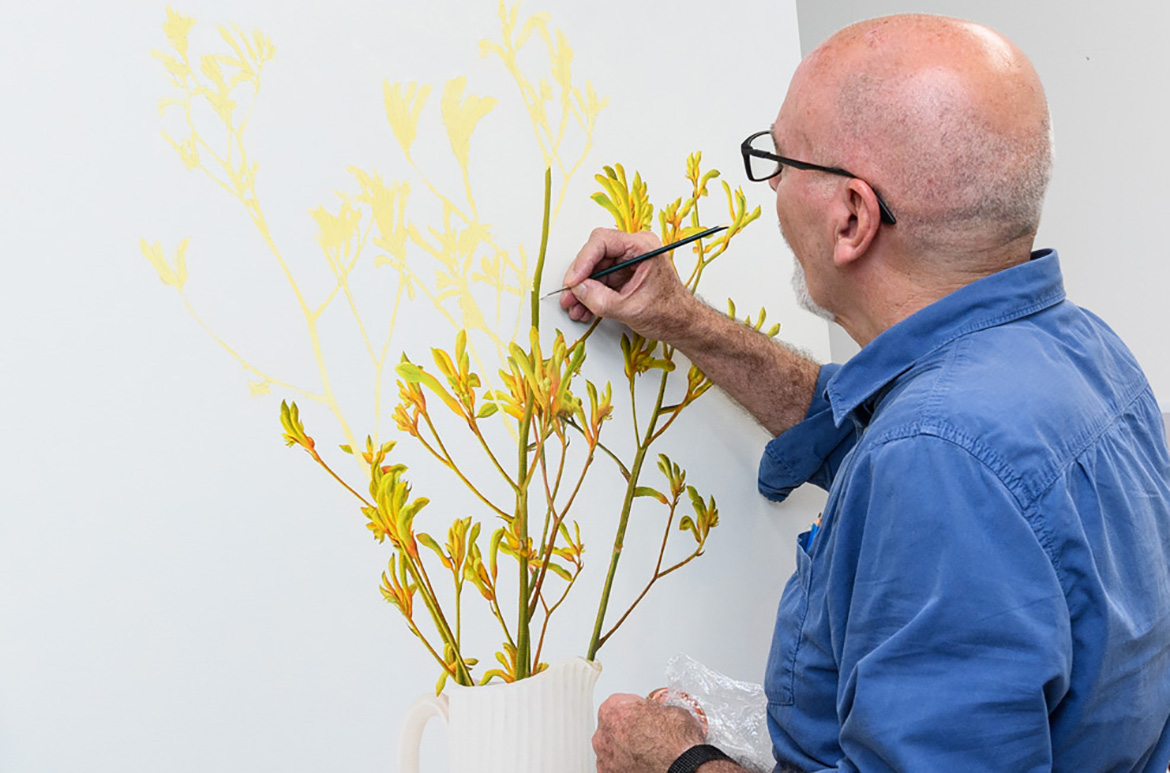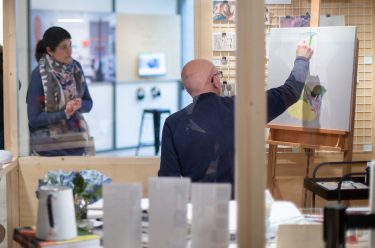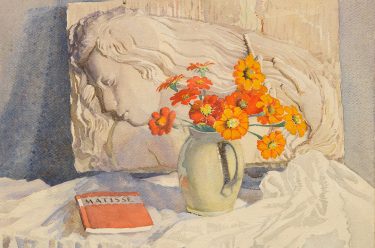We continue our Open Studio series of blogs to explore the artist’s practice and delve into the processes and ideas that drive the artist to create an artwork. Still life artist and art educator John Honeywill explores the studio as an essential site for housing ideas, images and objects.
Pick up clues and tips about how the artist experiments, manipulates and refines materials and processes. Open Studio is open daily and includes a range of onsite programs for creative activities and broader learning.

Ideas
Ideas for painting can come in many ways. Still life artist John Honeywill has found inspiration in the work of masters and contemporaries, ideas in children’s literature, objects observed in passing, gifts from friends, vessels and forms from work, travels and home.
Watch | John Honeywill
Photography
John Honeywill shares with QAGOMA significant details that saw his process, subject matter and composition shift over time. Having laboriously painted from life early in his career, Honeywill began to work from photographs following time in Italy where the lasting vibrancy of renaissance painting inspired him to embrace colour and opened challenges of documenting compositions of vibrant organic subject matter before decay.
‘I started photographing my still life subjects out of necessity, if you are going to paint flowers over many weeks, the flowers will die, and it became liberating’.
Watch | John Honeywill
Verification
John Honeywill’s use of photograph enables him to tinker, pause and make discerning selections – a process he’s termed verification.
‘I leave my subject for a period of time, and go back and look at it, not all subjects deserve to be painted’.
Watch | John Honeywill
Printing
Having worked meticulously to decide upon an image to paint, John Honeywill chooses to work from an imperfect print out of his chosen photographed composition.
‘Printing my images is liberating, as I can go where ever I want with it, ignoring certain details’.
Watch | John Honeywill
Draw and Paint
John Honeywill is a painter who’s processes are time-consuming and measured. He layers colour to form very deliberate relationships between background colours, objects, light, shadows and reflections.
Watch | John Honeywill
The mind wanders
What do you think about when you paint – colour, tone, complementary colours, minor adjustments?
John Honeywill discusses examples of the ideas that enter his mind as he paints that shed light on how ideas of otherness are present in his work (a rocky road as a mountainous scape, or a merengue as a floating form).
Watch | John Honeywill
When a painting is finished
Distance, time, close looking, not looking and relooking, are all part of the final steps in the process of resolving an artwork. Does the painting capture the feeling and mood you are after? John Honeywill adjusts tonal work, adds touches of colour, or adjusts elements to add tension.
Watch | John Honeywill
Reading List
John Honeywill selected these books on the artists who inspired him. To read, research or learn more about these artists, visit the QAGOMA Research Library.
Featured image: John Honeywill painting in his studio
#QAGOMA


